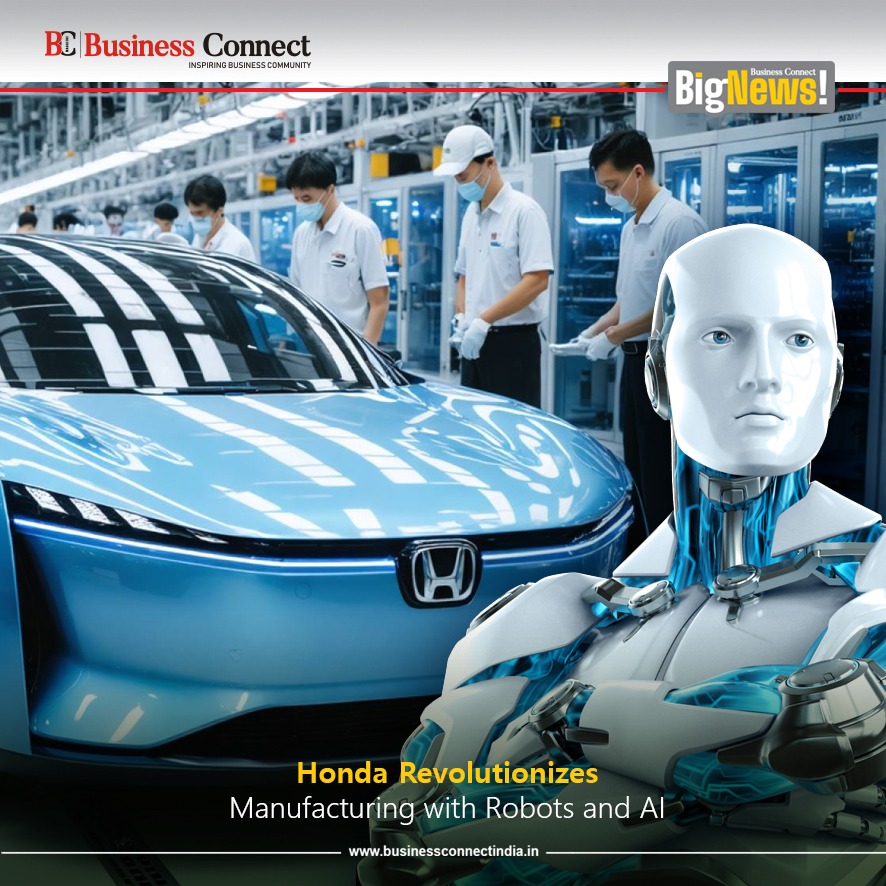In a significant move to transform its production process, Honda has begun replacing some of its production workers with robots and artificial intelligence (AI). This strategic decision aims to enhance efficiency, reduce costs, and improve product quality.
Honda Revolutionizes Manufacturing with Robots and AI
The Role of Robots in Honda’s Manufacturing
Honda’s new EV factory in China has already started utilizing robots and AI to optimize its production process. The factory requires 30% fewer workers than traditional manufacturing facilities, thanks to the automation of tasks such as welding and assembly. Automated guided vehicles (AGVs) transport heavy components, like battery packs, throughout the factory, replacing manual labor.
AI-Driven Innovation at Honda
Honda is also leveraging AI to fine-tune its manufacturing processes. The company’s proprietary AI framework, Cooperative Intelligence (CI), enables seamless interaction between humans and machines. CI-powered systems can anticipate driver maneuvers or pedestrian actions in complex traffic scenarios, ensuring safer and more harmonious interactions between human-operated and autonomous vehicles.
Benefits and Challenges of Automation
While automation brings numerous benefits, including increased efficiency and reduced costs, it also poses challenges. Honda acknowledges that robots cannot fully replace humans in certain areas of manufacturing, such as final assembly processes, which require human judgment and dexterity. The company is committed to striking a balance between automation and human involvement to ensure optimal productivity and product quality.
Future Outlook
As Honda continues to integrate robots and AI into its manufacturing process, the company is poised to revolutionize the automotive industry. With a focus on innovation, efficiency, and sustainability, Honda is well-positioned to meet the evolving needs of its customers and stay ahead of the competition.
Add Business Connect magazine to your Google News feed



